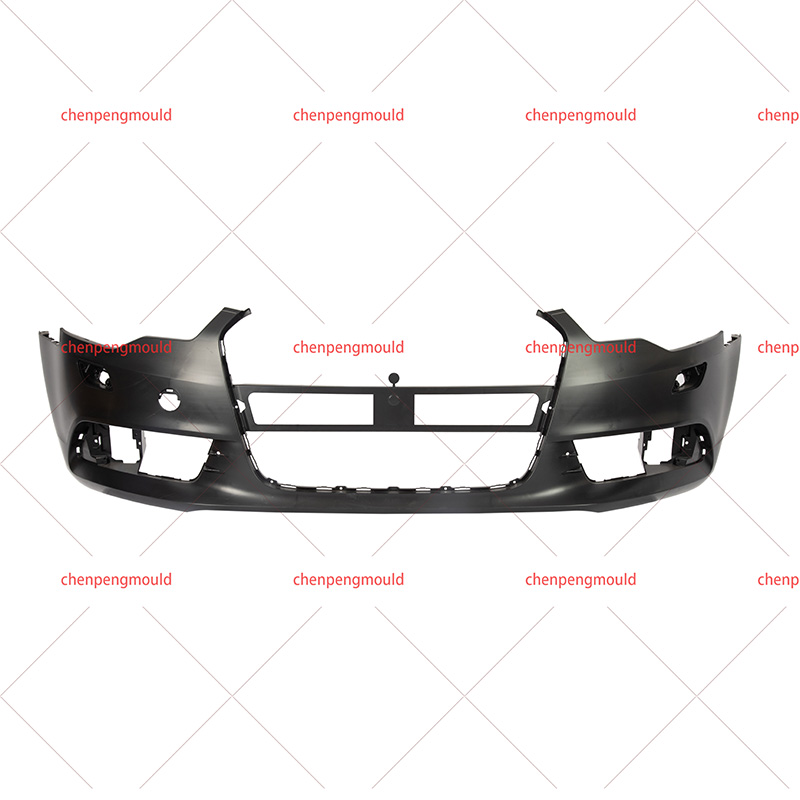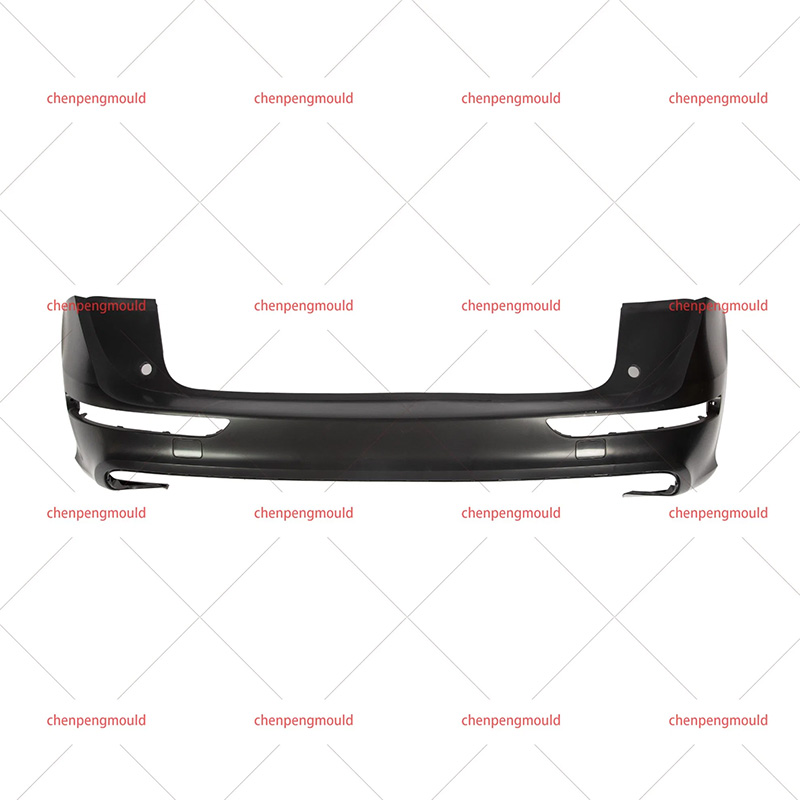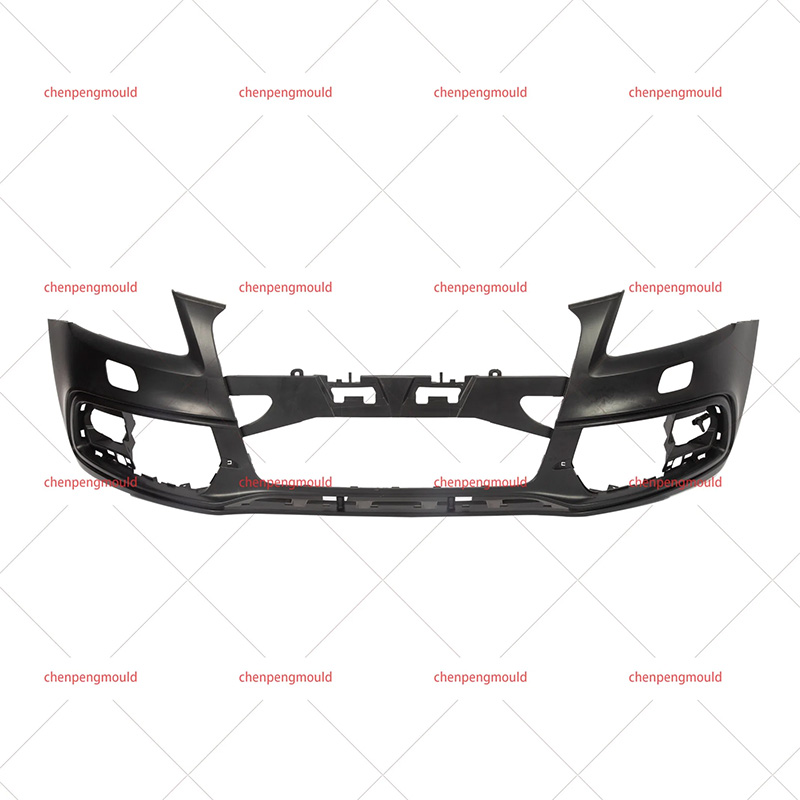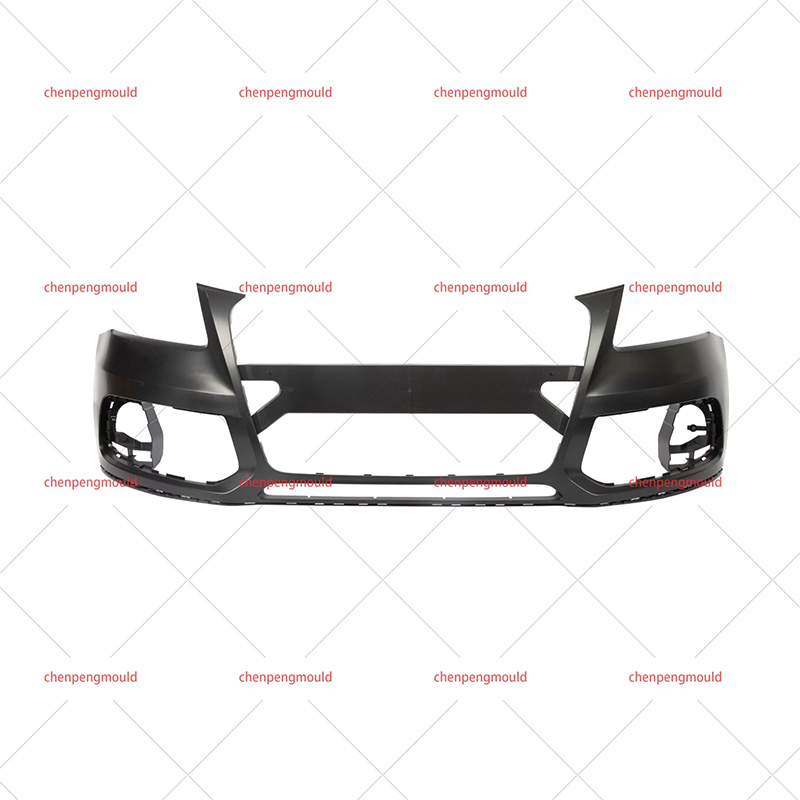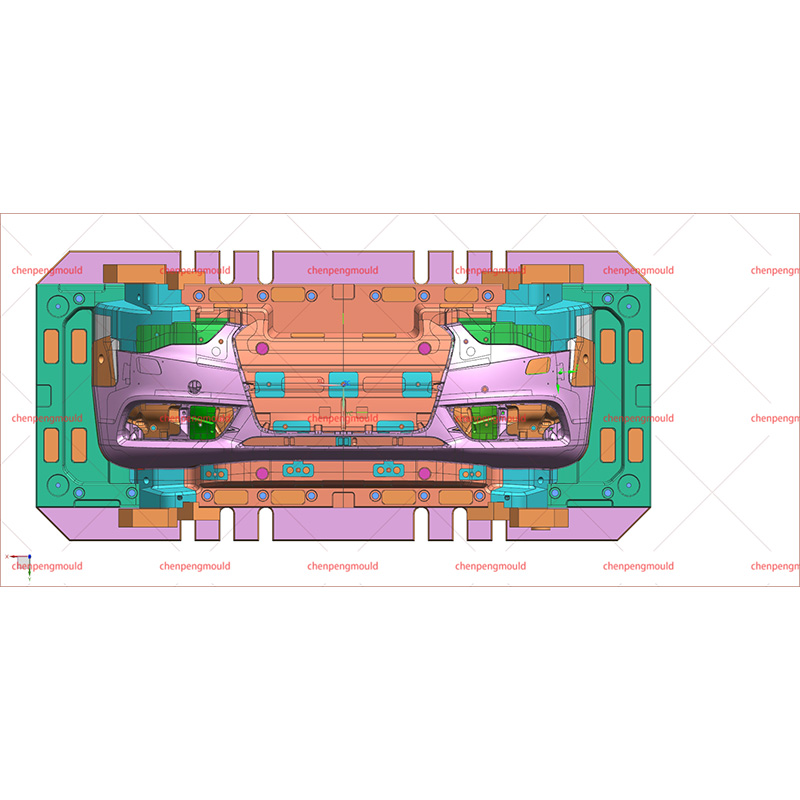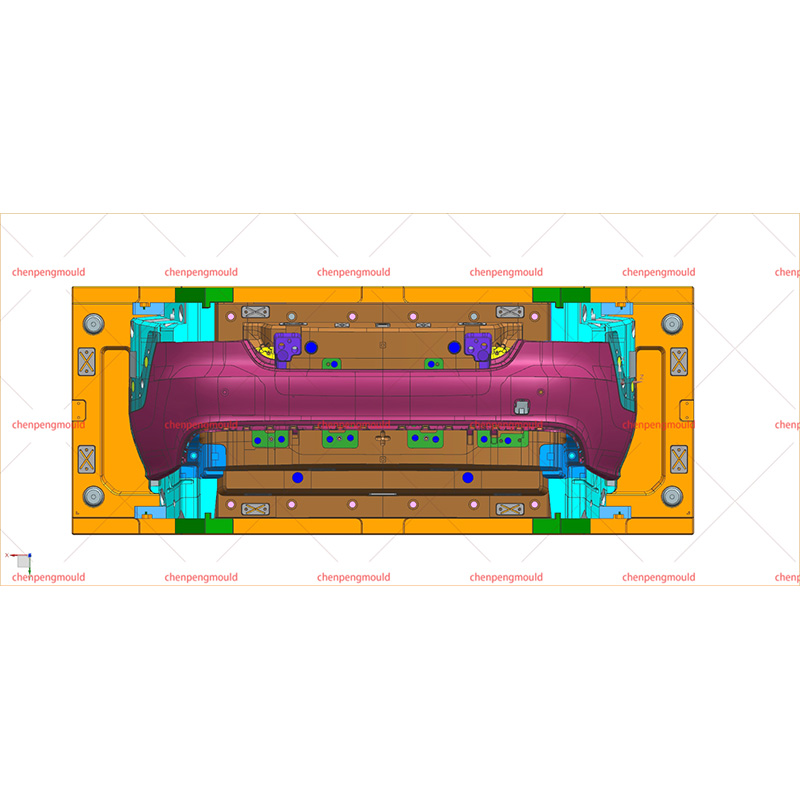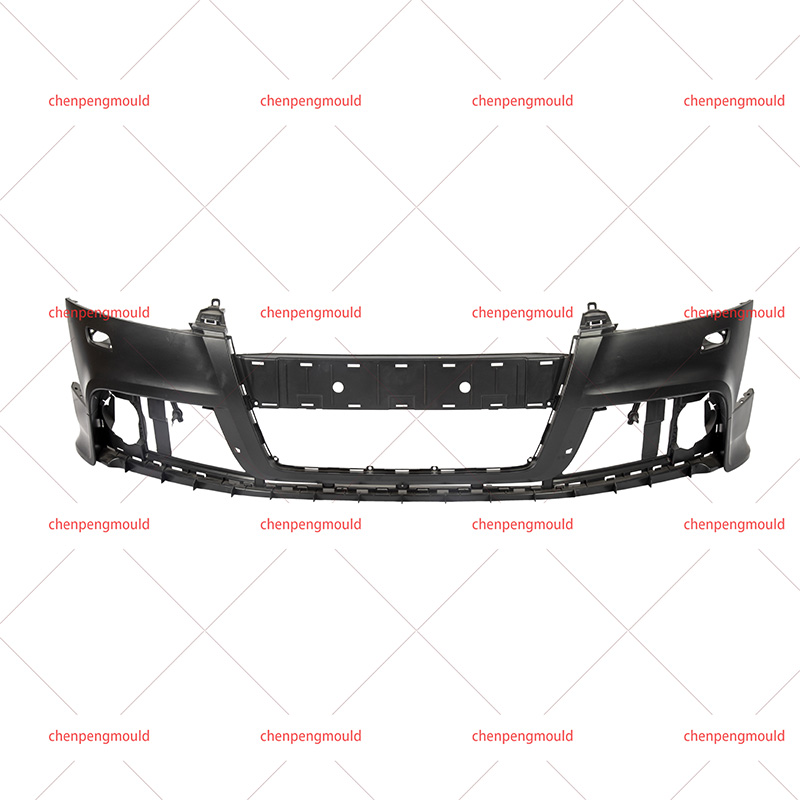In automotive manufacturing, injection molding is used to create a wide range of parts, from small, intricate components like connectors to large, structural components like bumpers or dashboards. The auto injection mold is engineered to produce parts that meet precise specifications, including dimensions, surface finishes, and performance characteristics such as impact resistance or heat tolerance.

To create an ideal part through injection molding, manufacturers need to focus on several crucial steps, ranging from the design of the part and mold to the optimization of the molding process.
The design of the part and the mold is the critical step in the injection molding process. A well-designed part will be easier to manufacture, require fewer adjustments, and result in better performance.
Part Geometry: The geometry of the part significantly affects how it is molded. Complex features like thin walls, sharp angles, and deep cavities can create challenges in the injection molding process. To achieve an ideal part, the geometry must be optimized to allow for even material flow, uniform cooling, and minimal defects. It's crucial to design the part with consistent wall thickness and avoid areas where the material might experience stress during cooling.
Mold Design: The mold itself needs to be designed to support the part's geometry and ensure proper material flow and cooling. This involves determining the correct placement of injection points (gates), vents, and cooling channels. If the mold is not designed well, issues like air pockets, short shots, or uneven cooling can defects in the final part.
Choosing the right material is essential for producing parts with the desired performance characteristics. In automotive applications, the material needs to withstand various environmental factors, including temperature extremes, UV exposure, and chemical exposure. The commonly used materials in auto injection molding are thermoplastics like:
Polypropylene (PP): A versatile, lightweight plastic with impact resistance, commonly used for exterior parts like bumpers and trim.
Acrylonitrile Butadiene Styrene (ABS): A strong, rigid plastic used for interior components like dashboards, consoles, and door panels.
Polycarbonate (PC): Known for its toughness and heat resistance, often used in automotive headlamps and structural components.
Nylon (PA): Ideal for parts that need to withstand high temperatures and friction, like engine components.
The material's flow properties, shrinkage rate, and compatibility with the mold must be considered. For example, materials that flow easily may require a more complex mold to control the flow and prevent defects like flash or warping. Material selection also affects the cooling rate, which in turn influences cycle time and part consistency.
Once the part design and material selection are complete, optimizing the injection molding process is key to achieving ideal parts. Several factors affect the final outcome, including injection speed, pressure, and temperature.
Injection Speed and Pressure: The speed at which the material is injected into the mold and the pressure at which it is injected affect the fill time and the overall quality of the part. If the material is injected too quickly, it can cause defects such as air entrapment or incomplete filling. On the other hand, if the injection speed is too slow, the mold may not fill uniformly, short shots or inconsistent parts.
Molding Temperature: The temperature of the mold and the plastic material plays a significant role in achieving an ideal part. The material must be heated to the right viscosity to flow into the mold properly. If the temperature is too high, the material may degrade or cause excess flash. If it's too low, the material might not fill the mold completely, resulting in incomplete parts.




 +86-18357617666
+86-18357617666
